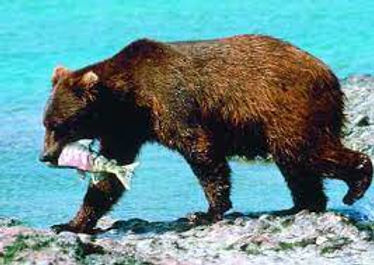By: David He
Around 30 million years ago, a bear-raccoon-otter-like animal roamed around what is now North Dakota. Nowand now scientists are inspecting the skeleton of this peculiar creature and learning clues about the early mammals and carnivores.
The fossil of this early mammal was excavated in 1982 at the Fitter Ranch fossil site in North Dakota by a crew led by Robert Emry, a paleontologist who studied fossil mammals at the Smithsonian Museum of Natural History. Surprisingly, the skeleton was in excellent shape, and many scientists, such as Xiaoming Wang, a paleontologist at the Natural History Museum of Los Angeles County who studies vertebrates, learned a lot about the early carnivores by studying the creature’s entire skeleton.
“The animal is really telling us a lot of stories,” Wang said.
Dr. Wang’s team categorized the creature in the early evolutions of mammalian carnivores, a group that consists of the dog family and bearlike animals. They also figured out that the animals belonged to the arctoids, a large group of carnivores, including bears and raccoons, by looking at their large molars. However, with further study, the team discovered that this animal is not an ancestor of \modern bears.
Dr. Wang’s team decided to name the animal Eoarctos vorax. “Eoractos” combines the Greek words for “dawn” and “bear,” while “vorax” means voracious, referring to this animal’s unique food choice of hard food.
The team believed that the animal ate hard food because a dental exam of the animal’s skeleton showed the Eoarctos vorax had several broken teeth, leading them to think that the animal ate very hard things.
Dr. Wang’s team suspected that the Eoarctos ate mollusks in prehistoric North Dakota’s rivers, crushing the mollusks’ shells just like otters do.
“However, E. vorax shows clear signs of durophagous cranio-dental adaptations, presumably for an obligatory diet of mollusks, and frequent damage to shell-crushing premolars, plus associated dental infections,” an article that Wang helped write said.
However, because of the Eoractos’ small skull, which was only about four inches long, the extreme amount of damage that the creature’s teeth had taken was probably not because of the munching of their prey’s bones, leading some scientists to think that maybe it was the hard pits of some fruit.
The discovery and study of this fossil, the Eoarctos vorax, has led scientists to discover more about the early carnivores and mammals and what they were like.
Link to article:











